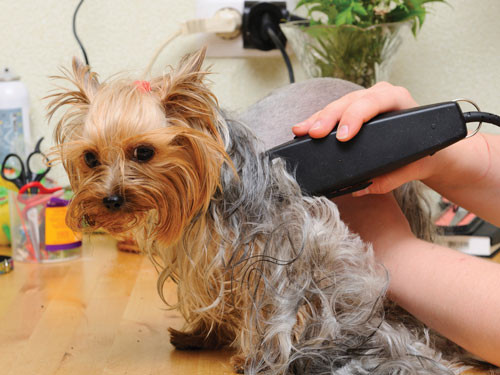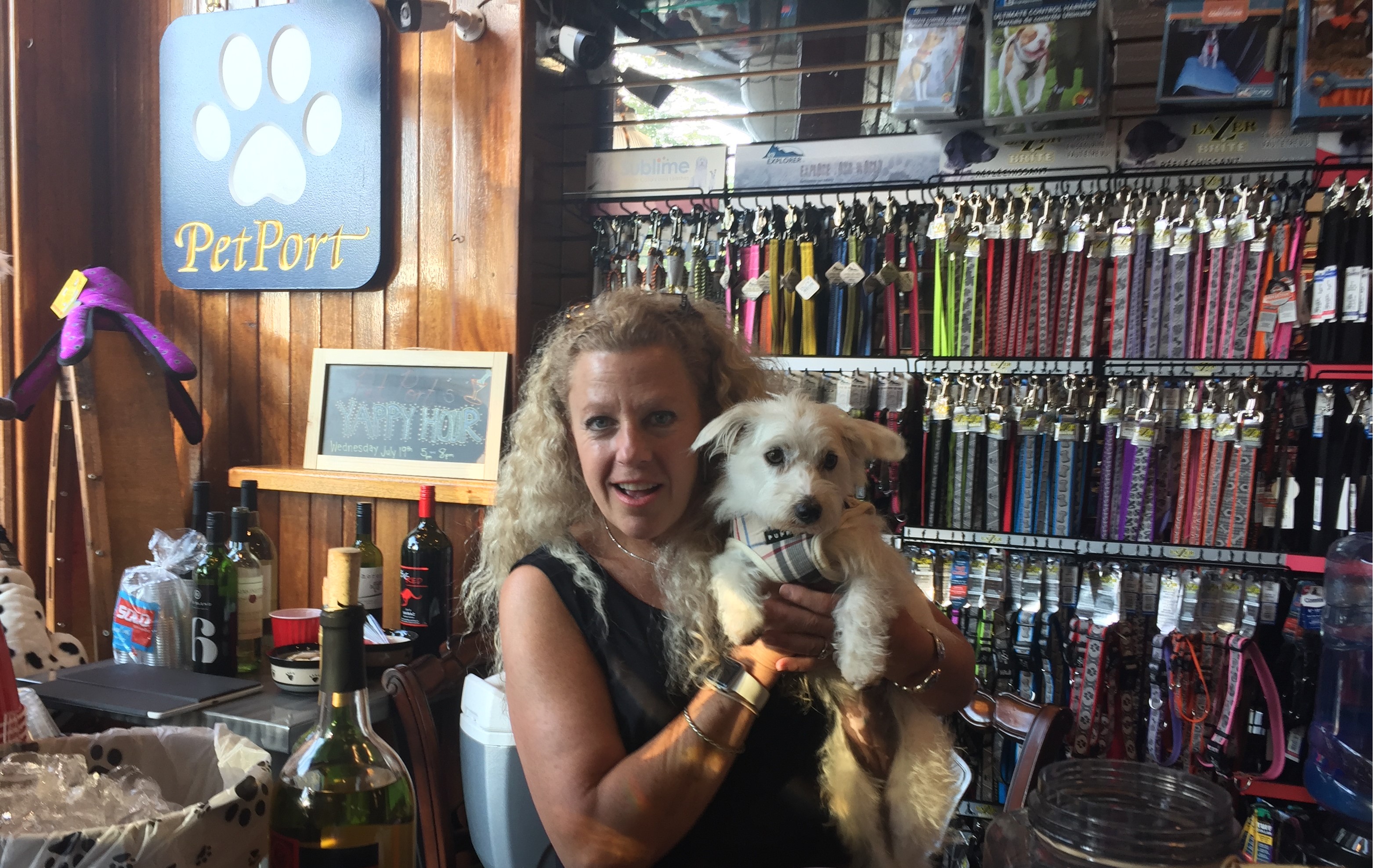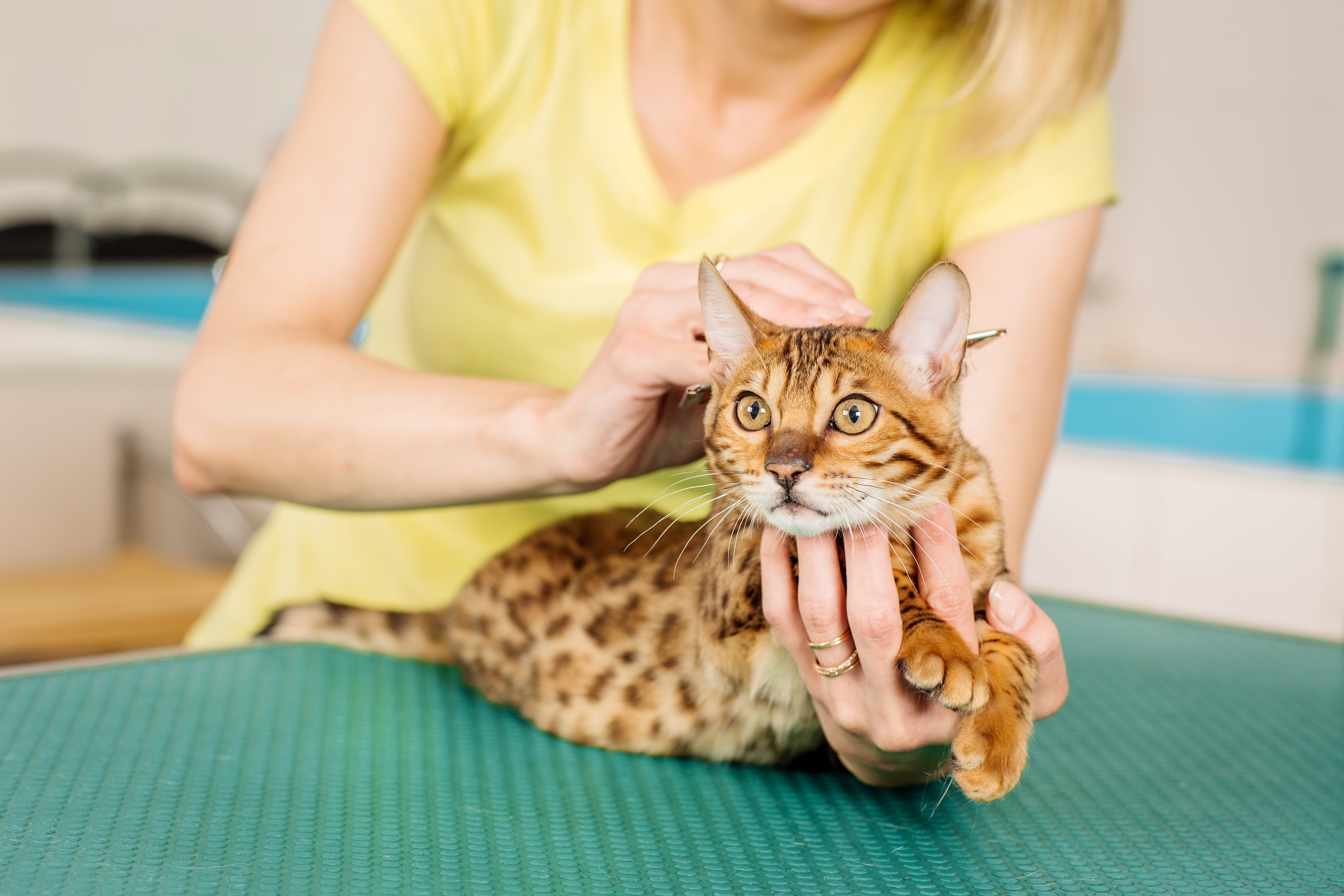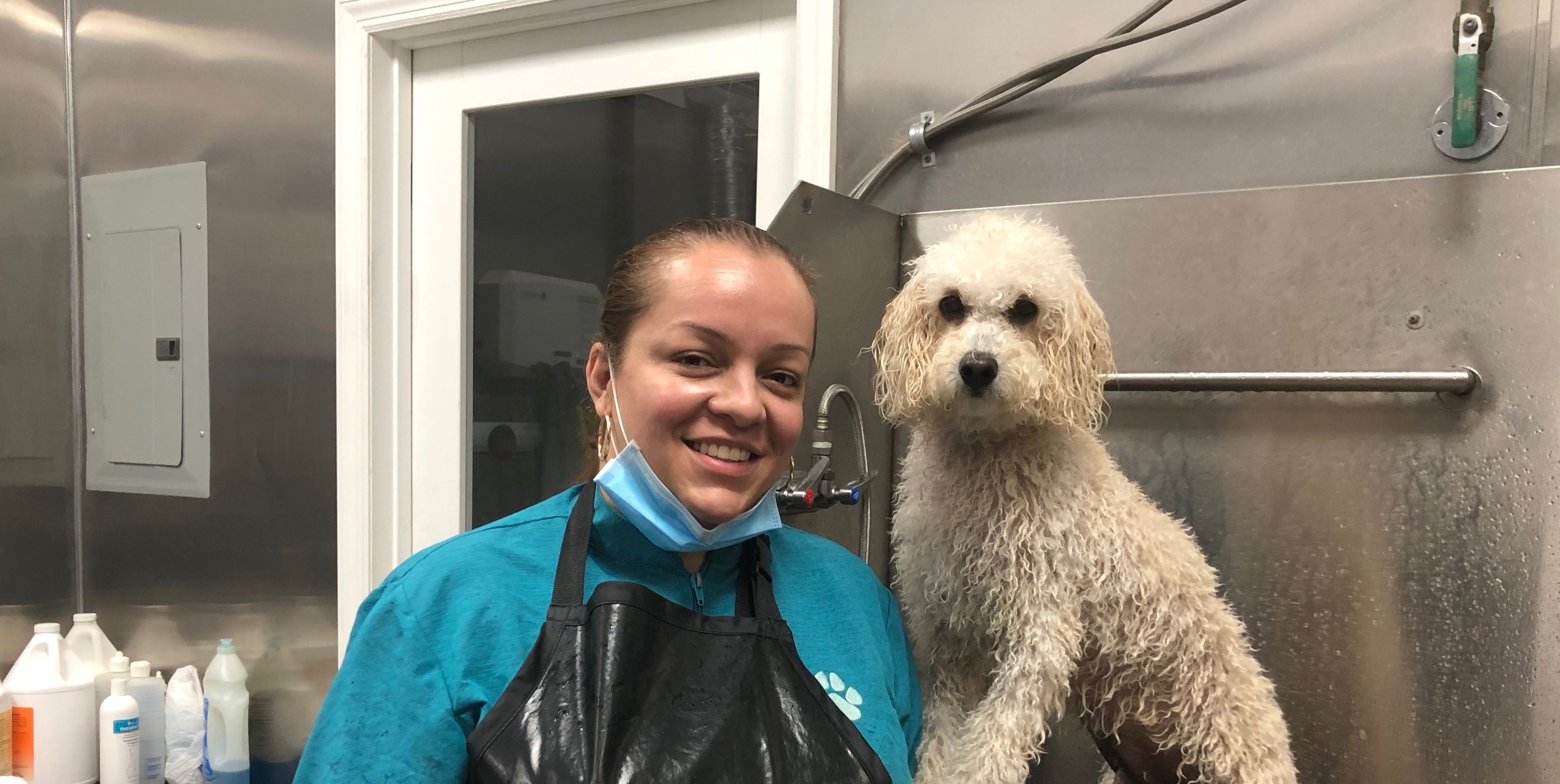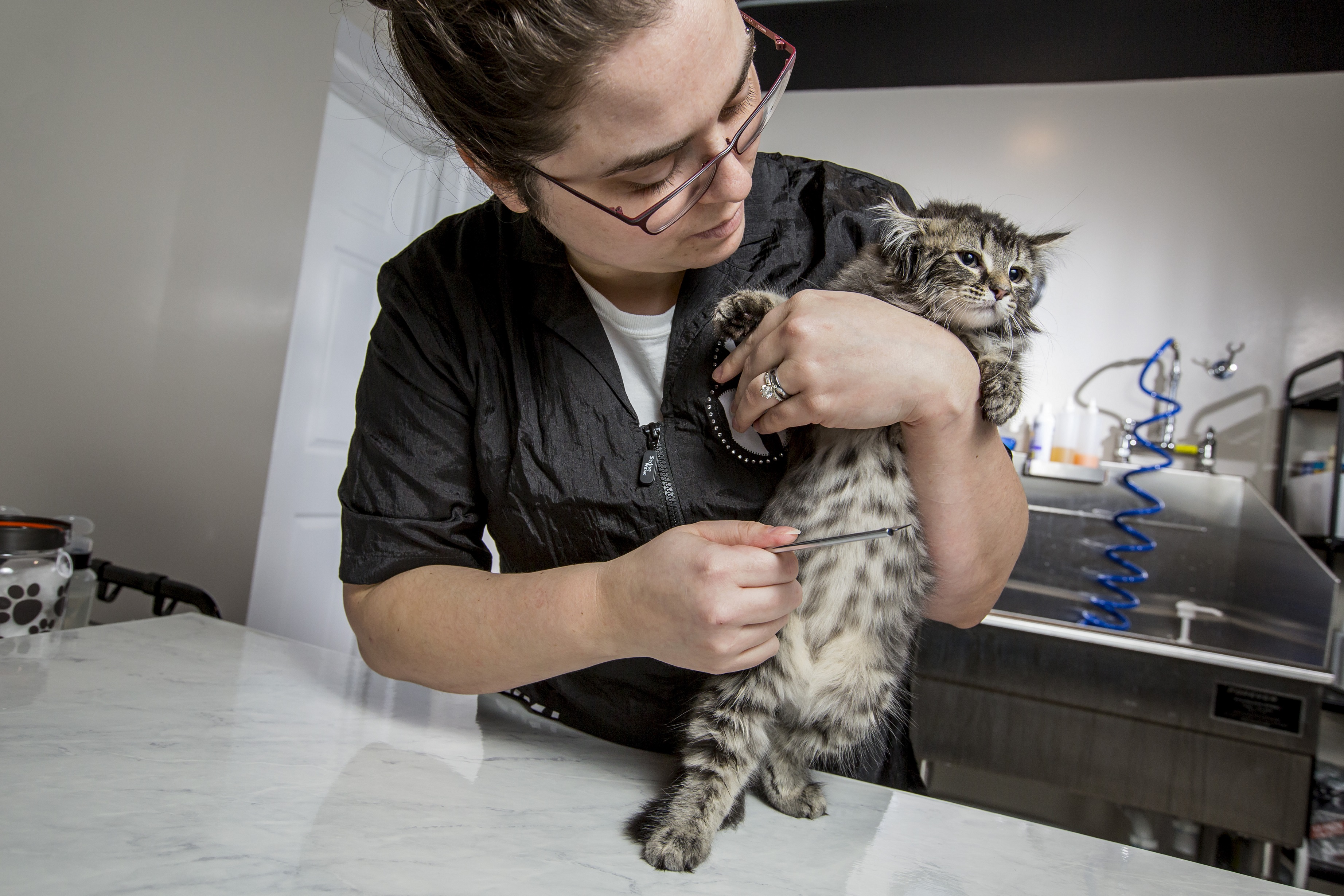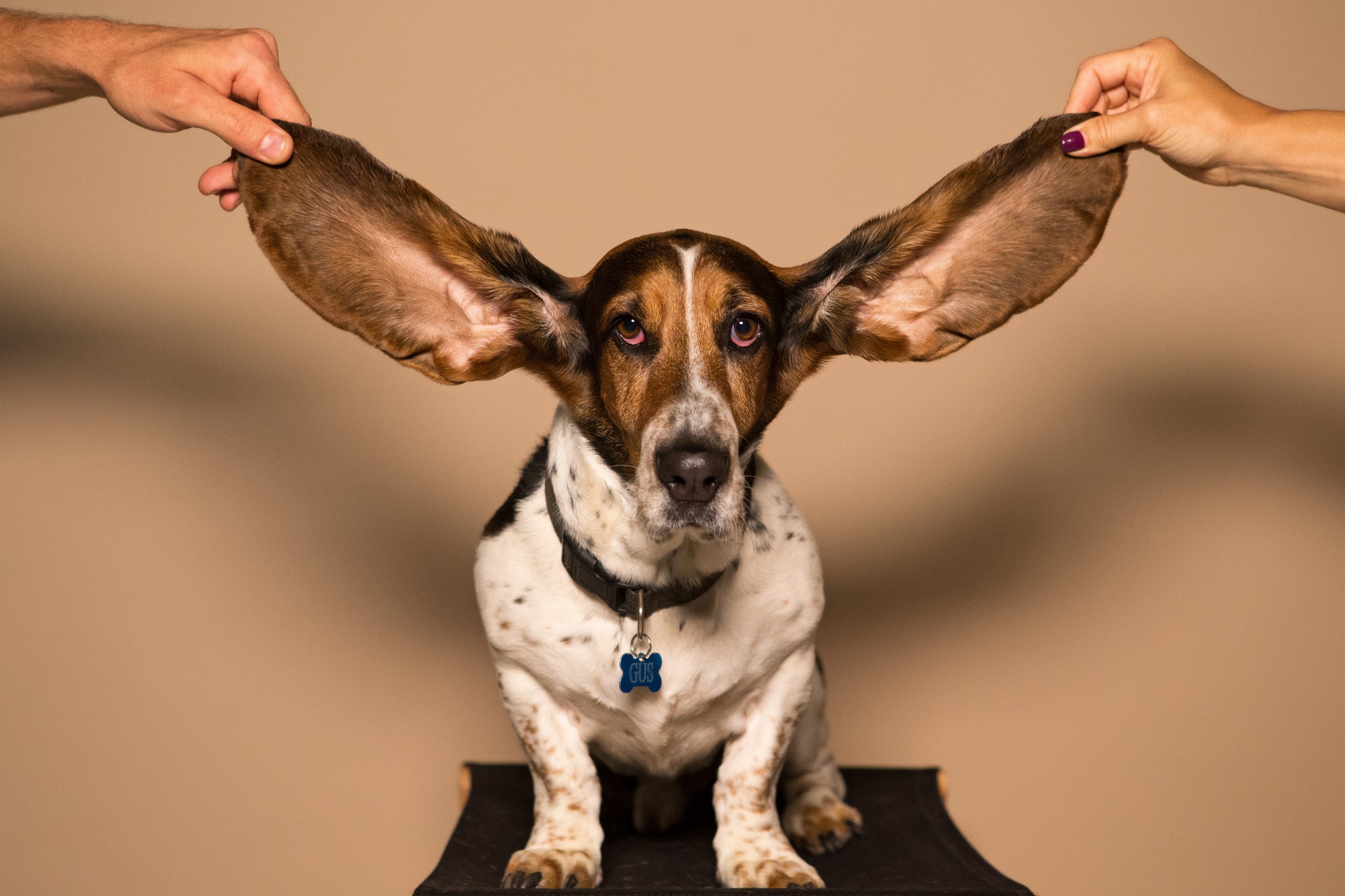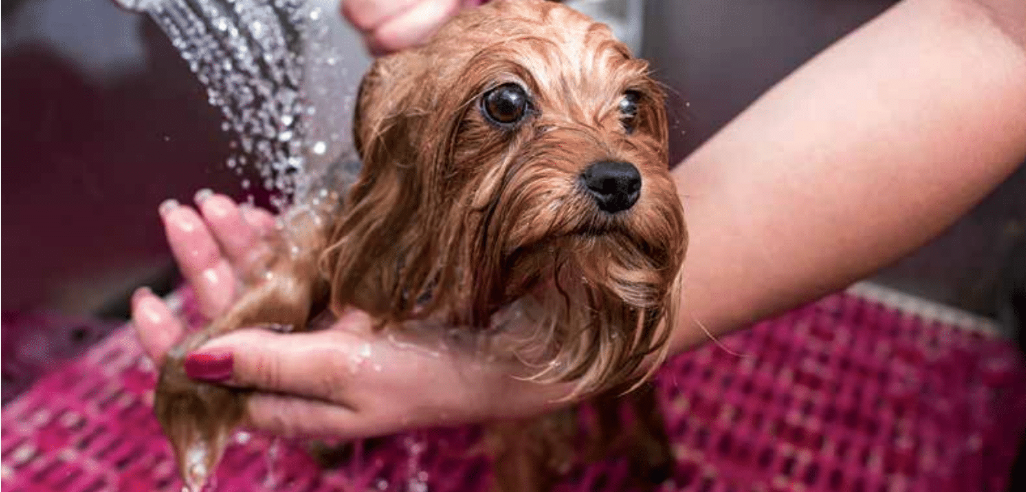The Right Clippers
Daryl Conner //February 27, 2015//
 Every pet groomer spends a lot of quality time with his clipper, which is a fundamental part of the toolbox he uses on a large percentage of the pets he works on. There are currently many brands of clippers to choose from, each boasting a variety of virtues but the basic design of most of them is pretty similar: They use electricity to power a motor that moves a blade that cuts dog and cat hair.
Every pet groomer spends a lot of quality time with his clipper, which is a fundamental part of the toolbox he uses on a large percentage of the pets he works on. There are currently many brands of clippers to choose from, each boasting a variety of virtues but the basic design of most of them is pretty similar: They use electricity to power a motor that moves a blade that cuts dog and cat hair.
Good clippers represent a fairly sizeable investment for groomers. From bare bones, one-speed, corded clippers at around $100 to top-of-the-line cordless models at almost $500, choosing which one is best for the way you groom can be mind boggling.
Groomers in the United States tend to wan to work with lightweight, high-speed clippers. They say “I don’t want to use a heavy tool” at trade show booths and in on-line forums. Here are some things that should be taken into consideration when choosing this all-important tool.
Weight: The human body has the ability to adapt to lifting, carrying and working with tools that vary in weight. Look at athletes who train with weights to strengthen their muscles. They are able to increase the size of the weights they lift as their bodies adapt and strengthen. So, working with a heavier clipper simply means that your muscles will need to grow to adapt to that clipper.
But why bother when there are lighter clippers available? Well, there is a trade-off that comes with less weight. Lightweight clippers are made up of plastic parts. By its nature, plastic is lighter than metal and that is good, right? The unfortunate downside to plastic parts is that they wear out more quickly than those made from metal. Those same groomers who prefer lightweight clippers often find that they have to be repaired frequently and replaced as often as every year.
Speed: Clipper speed is stated in a measurement known as SPM, or strokes per minute. What this refers to is the number of times the top (cutter) blade of the clipper moves across the lower (comb) blade. The higher that number is, the faster the blade moves. With high speed comes friction and with friction comes heat. Hot blades can irritate a pet’s skin during grooming. Heat also contributes to the clippers needing more frequent visits to the sharpener to keep them properly adjusted and cutting well. Clippers that offer multiple speeds seem like a fun choice but groomers often report, that they always just use it on the highest speed.
Vibration: Many groomers do not realize that the vibration of a clipper can cause irritation, strain and even numbness in the hand and wrist. When choosing a clipper, look for one that offers a low vibration setting for comfortable clipping in the long run. Unfortunately, some models have very low vibration when they are new but as they begin to wear with use, they may develop an annoying shimmy.
Corded vs. Cordless: There is something wonderful about being untethered by an electrical cord while grooming. If you use a vacuum system to enhance your work, clipping cordless makes even more sense, giving stylists more freedom of movement as they work. When trying out cordless clippers, hold them and feel where the weight of the clipper is. In some older models the battery pack is the heaviest part of the hand piece, which can cause wrist strain when making adjustments to hold the clipper in a balanced position. Lithium ion battery technology has improved the maneuverability, durability and longevity of cordless clippers by leaps and bounds.
Shape: Groomers are taught to hold clippers lightly and in a position similar to that of holding a pencil. Many clippers are designed in a uniform shape from end to end. More modern models feature an indentation, or waist, designed to be more ergonomically correct; this helps reduce strain and fits even those with smaller hands more comfortably. Groomers find that they either love this shape or loathe it because it forces them to hold the clipper in only one position. Some stylists like to vary their grip, depending on what sort of grooming they are doing.
Ideally, groomers will be able to try out different brands and styles of clippers at a trade show so you can determine what works best. Check for good balance, how the tool feels when held in the clipping position, excellent workmanship and low vibration. Turn the clipper on and let it run awhile to see how quickly the blade heats up. Check to see what kind of warranty is offered and what parts are covered. Groomers may also consider asking a clipper repair person what brands hold up best after prolonged use. It makes sense to invest a little time and energy in researching all options since this is a groomer’s most indispensable tool.
